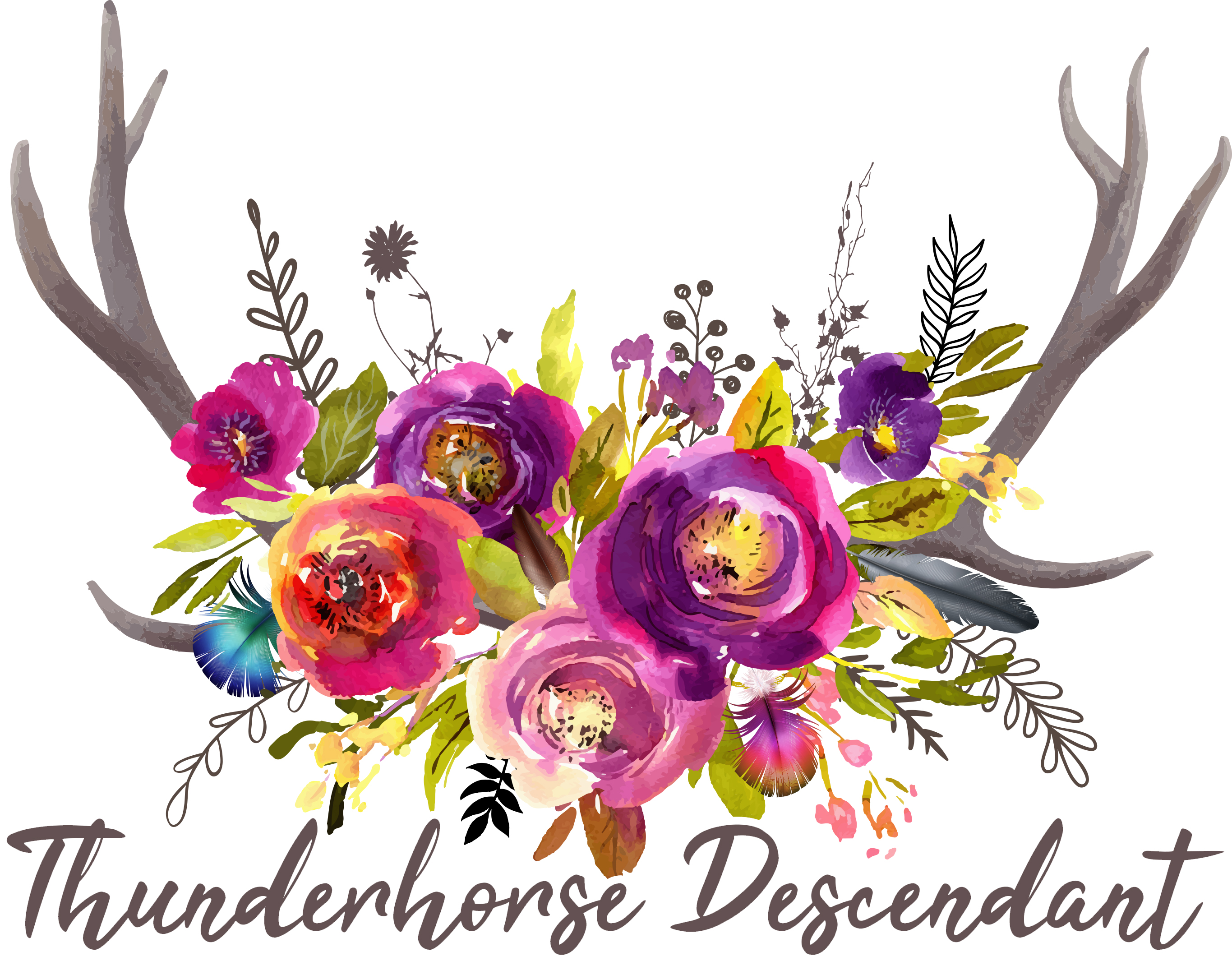Posted by Randee Brown on 9th Jun 2024
The Significance of Abalone Shell Beads in Ancient Mesopotamian Culture
In ancient Mesopotamia, abalone shell beads were revered for their iridescent quality and association with the goddess Ishtar, symbolizing love, fertility, and divine protection.
What is Abalone Shell?
Abalone shells come from marine mollusks known as abalones, belonging to the family Haliotidae. The inner layer of these shells, called nacre or mother-of-pearl, is known for its iridescent, multicolored surface. Abalone shells are prized for their beauty and are often used in jewelry and decorative items.
Symbolism and Use in Mesopotamian Culture
Abalone shell beads were intricately crafted and highly valued in Mesopotamian society for their lustrous appearance. The shimmering quality of these beads made them desirable for use in jewelry and other decorative objects.
The goddess Ishtar, a prominent deity in Mesopotamian mythology, was associated with love, fertility, and divine protection. Known as the goddess of war, love, and fertility, Ishtar embodied both creation and destruction, making her a powerful figure in the Mesopotamian pantheon. Abalone shell beads were believed to capture the divine qualities of Ishtar. Their iridescence symbolized the goddess's radiant beauty and divine favor.
These beads were often used in rituals and ceremonies dedicated to Ishtar. They were worn as amulets to invoke her protection and blessings, especially in matters of love and fertility. Incorporating abalone shell beads into clothing and jewelry signified the wearer's devotion to the goddess and their desire for her favor.
The use of abalone shell beads highlights the deep connection between material objects and spiritual beliefs in ancient Mesopotamia. These beads served not only as decorative items but also as powerful symbols of divine protection and favor. This reflects the intricate interplay between religion, art, and daily life in Mesopotamian society.
Citations
- Reade, Julian. Mesopotamia. The British Museum Press, 1991.
- Pollock, Susan. Ancient Mesopotamia: The Eden That Never Was. Cambridge University Press, 1999.
- Black, Jeremy, and Anthony Green. Gods, Demons, and Symbols of Ancient Mesopotamia: An Illustrated Dictionary. University of Texas Press, 1992.

